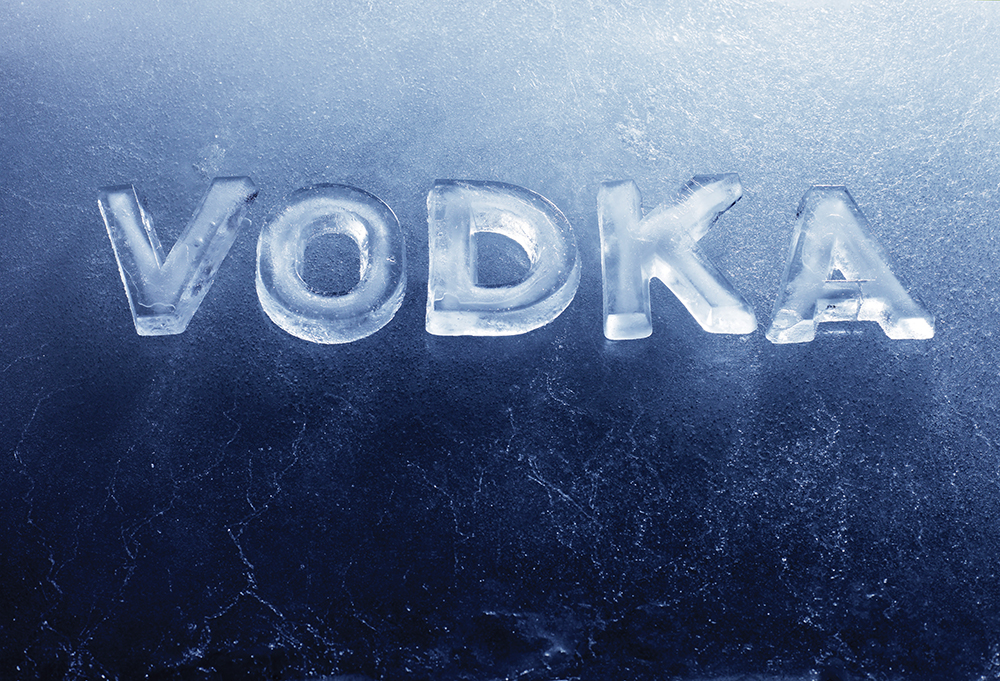For Americans, toasts are for weddings. In that part of the world that used to be snuggled up behind the Iron Curtain, the criteria are a little wider: a) booze is within reach, and b) you’ve made eye contact with another mammal. A few years ago, I found myself at dinner in Kharkiv, a city in Ukraine about 19 miles from the Russian border, consisting of Western NGO sorts, locals, and a faction from Serbia. The dinner was lousy with vodka toasts to each other’s health. At least that’s what I thought it was — turned out to be something called pertsivka. “What is pertsivka?” I asked.
“It’s horilka made with hot pepper for spice.”
“What is horilka?”
“What Americans call vodka because they don’t know the difference.”
In Eastern Europe and Scandinavia, they’ve always had their local varieties of the stuff, and these are often lightly flavored — all with local names. The term “vodka” just took hold in the U.S. as a catchall because we associated it with the Russians, who were scaring the pants off us at the time, and that’s what they called it.
I’ve never really had strong opinions about vodka for the simple reason that it is, by definition and design, (theoretically) odorless and tasteless. So I was never quite sure what, exactly, I was supposed to have an opinion about. After the horilka I developed opinions, and quickly. While two whiskeys will taste very different, with vodka — generally an unblended, unaged grain spirit — it’s more a matter of texture: harsh vs. smooth. Dark Eyes doesn’t taste much different from Belvedere, but one burns going down and the other slides home without watering the eyes.
For their part, the Russians aren’t nearly as pedantic about their national tipple as the French are about wine. They drink so much of the stuff that they’ll make it out of just about anything: potatoes, vegetables, or, as in one famous case, the dried fruits and nuts sourced from what a Moscow zookeeper should have been feeding the monkeys. It hardly mattered because under the Soviets, all the decent vodka was sold abroad as Marx slowly turned in his grave.
In college, I knew a guy whose family owned a distillery in Wisconsin. I asked him the name so I could buy a bottle. Not only was their entire business in Eastern Europe, they didn’t even bottle the stuff; it was sold in six-packs of 12-ounce cans. Which explains why that dinner in Kharkiv turned out the way it did: It wasn’t a drinking game, you understand, but I lost anyway.
You’ll never find pertsivka stateside (I’ve tried), but there are a lot of vodkas made in different ways to try. Belvedere is made from rye in Poland, and again, it goes down smooth. A French vodka — Cîroc — is made from “five different” grapes and is absolutely worth a try. Grain-based Dark Eyes, on the other hand, is out of St. Louis and is absolutely not. Smirnoff, the best-selling vodka in the world, is actually British, but it is distilled almost anywhere it has a market. I’ve had it made with rice, but it tasted like sake.
Being relatively free of impurities picked up from barrel aging, vodka has a reputation of being easier on the hangover. And this is true enough, but it will dehydrate you as fast as any other spirit. Stir in those sugary mixers (I’m looking at you, Moscow mule) and it will give your headache a boom that brown water could only dream about.
In Ukraine, they drink the stuff neat and out of cans. The closest American equivalent is the dry vodka martini. My issue is that it is another case of Americans misnaming things. This concoction is called a “kangaroo.” The reason we call it a vodka martini is that not even Sean Connery could order a “kangaroo, shaken, not stirred” and make it sound cool.
